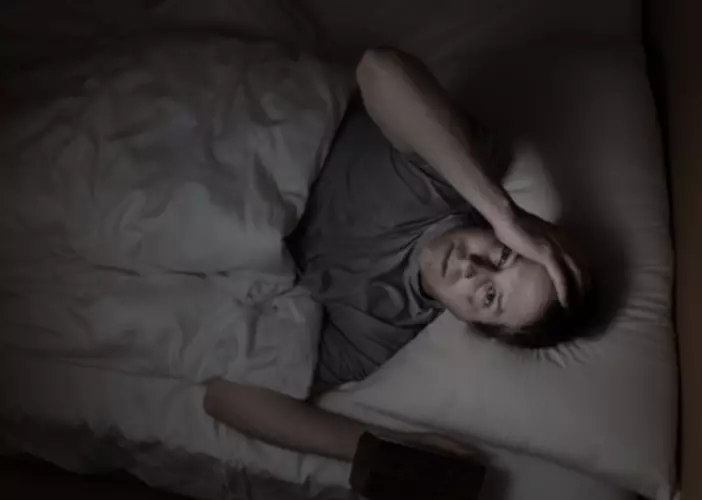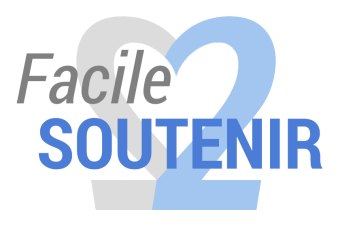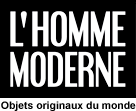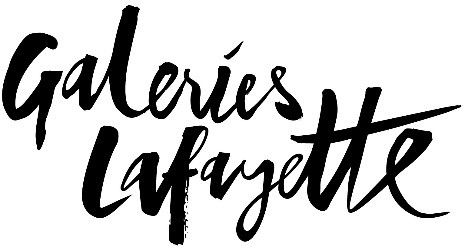Cognitive Dissonance Theory TheoryHub Academic theories reviews for research and T&L
The degree of punishment was insufficiently strong to resolve their cognitive dissonance; the children had to convince themselves that playing with the forbidden toy was not worth the effort. For instance, to reduce their discomfort, people can try not to connect meat to animals (Graça et al., 2014; Rothgerber, 2013) and avoid situations that may disrupt this dissociation (Holm, 2018; Schröder & McEachern, 2004). Having focused on CBT models of OCD up to this point, we propose that cognitive dissonance theory, arguably the most highly researched theory in social psychology, has clear relevance to obsessive-compulsive phenomena. But even with substantial research in each area addressing similar theoretical constructs, these two lines of thought have not been synthesized in order to bring clarity to our understanding of OCD. For example, a small 2019 study notes that dissonance-based interventions may be helpful for people with eating disorders.
- Bastian and Loughnan (2017) convincingly argued that people rarely consciously reflect on the moral implications of eating meat because societal mechanisms keep people’s cognitive dissonance in place.
- Cognitive dissonance leads to the motivation to reduce the dissonance (Festinger, 1957).
- They further presupposed that participants would be driven to reduce the dissonance by justifying their behavior.
Changing Behavior
He predicted that those who traveled to the hilltop to be picked up by a UFO would be more likely to continue to believe than those who did not make the journey. His prediction proved to be true — those who experienced disconfirming evidence on the hilltop were strengthened in their belief. Festinger realized that we are made uneasy if we our sense of consistency or congruency is challenged.
Reducing the Importance of the Conflicting Belief

Although both van Veen et al. (2009) and Izuma et al. (2010) commonly found pMFC activation in response to cognitive dissonance, the two studies report somewhat different activations in other areas. Notably, van Veen found reliable anterior insula activations, but relatively small DPLFC activations. On the other hand, Izuma reported extensive bilateral DLPFC activations, but anterior insula activation cognitive dissonance addiction was found only after lowering the statistical threshold. This difference between the two studies may be due to the difference between experimental paradigms (or timing of brain scans). In van Veen’s study, participants expressed their counterattitudinal opinions during the scanning, and therefore, the participants had no explicit opportunity to reduce their felt dissonance during this task.
Preventing Body Image Problems
It offers one explanation for why people sometimes make an effort to adjust their thinking when their own thoughts, words, or behaviors seem to clash with each other. Identical modes of physiological arousal [38,57] and ACC activation [62,63,66,68] follow from a wide array of divergent inconsistencies that follow from equally unrelated expectations, whether they are ‘low-level’ or ‘high-level,’ ‘negative’ or ‘positive’ [39,58,59]. In the coming years, we believe that it is inevitable that psychologists of differing disciplines will question the utility of offering wholly ‘distinct’ motivational accounts for each instantiation of this general inconsistency compensation phenomenon. Many of these answers will come from psychologists of various fields comparing notes and compiling existing observations under a content-general inconsistency compensation framework – with a common nomenclature and common understanding of the core motivational phenomenon. From there, a unitary, discipline-straddling account of inconsistency compensation can uncover the true boundaries of this phenomenon, as well as compensation behaviors that have yet to find a disciplinary label. To deal with the feelings of discomfort then, they might find some way of rationalizing the conflicting cognition.


Such conceptions are integrally related because of their common emphasis on the importance of perceived personal choice and responsibility in mediating thought processes over a variety of behavioral contexts. Sometimes, the ways that people resolve cognitive dissonance contribute to unhealthy behaviors or poor decisions. Changing the conflicting cognition is one of the most effective ways of dealing with dissonance but it is also one of the most difficult—particularly in the case of deeply held values and beliefs, such as religious or political leanings. For example, behaving in ways that are not aligned with your personal values may result in intense feelings of discomfort.
Social behavior
- It offers one explanation for why people sometimes make an effort to adjust their thinking when their own thoughts, words, or behaviors seem to clash with each other.
- Heider’s balance theory posits that perceivers prefer similarly evaluated people and things also to belong together.
- When someone is forced to do (publicly) something they (privately) really don’t want to do, dissonance is created between their cognition (I didn’t want to do this) and their behavior (I did it).
- For example, if you engage in a behavior that you later learn is harmful, it can lead to feelings of discomfort.
- The justification is typically achieved by changing their attitudes and beliefs so that the new attitudes and beliefs are consistent with and justify the decision that has been made.
- Dillman, Smyth and Christian (2009) viewed survey response as a voluntary action within a context of reciprocal social obligations, and showed how survey procedures can build a positive social exchange with prospective survey participants.
Coping mechanisms can include justifying their behavior (and our relationship with them), trivializing their behavior or the importance of it, attempting to change their behavior, or changing our own behavior. Since cognitive dissonance often naturally occurs after a decision such as a purchase, this is what questionnaires have focused on. Cognitive dissonance was measured indirectly by asking participants about changes in their opinion about how enjoyable the task was following the experiment. This can be a difficult and uncomfortable process and involves getting additional information.
Reduce the importance of the cognitions (i.e., beliefs, attitudes).
- When you’re stressed or anxious, you could affect your overall mental, emotional and physical health.
- Mismatches between your beliefs and actions can lead to feelings of discomfort (and, sometimes, coping choices that have negative impacts), but such feelings can also sometimes lead to change and growth.
- In fact, it is a psychological mechanism that helps us perceive our world (and our place in it) consistently.
- A second line of person perception theories also originated in gestalt ideas and eventuated in dual-process models.
- When the COVID-19 vaccine was eventually released to the public, this only made the resistance stronger.
- There are a number of different situations that can create conflicts that lead to cognitive dissonance.





















































































































































































































